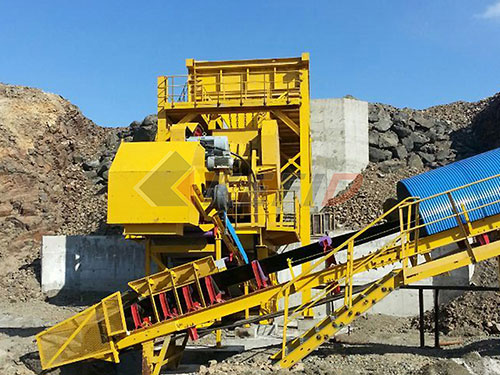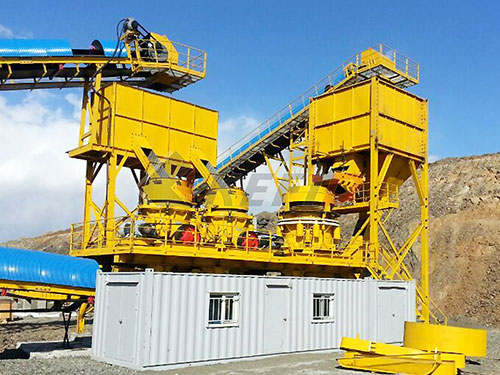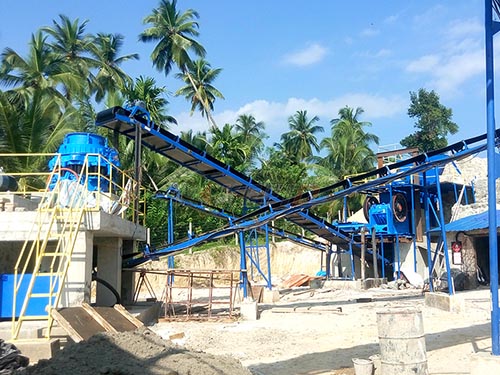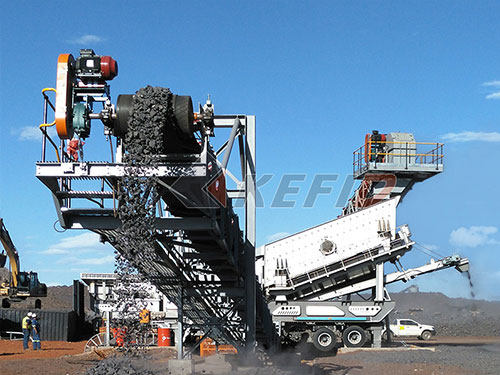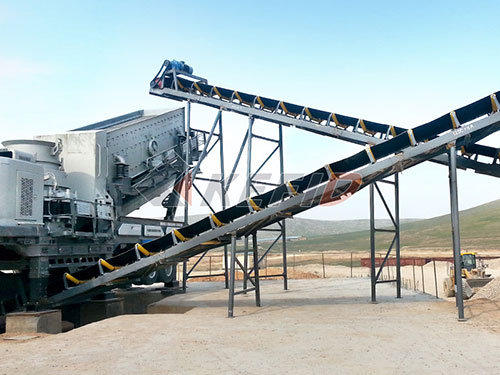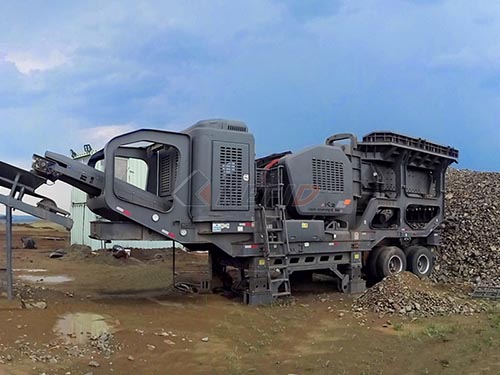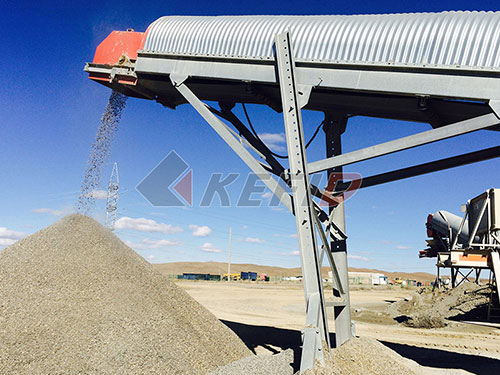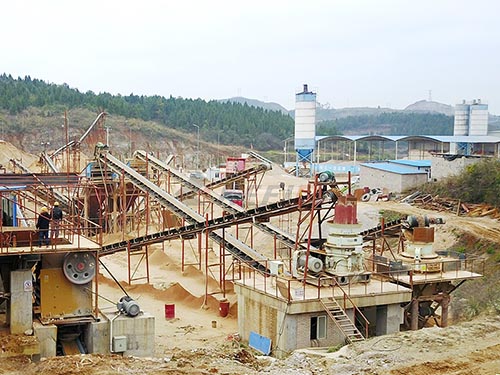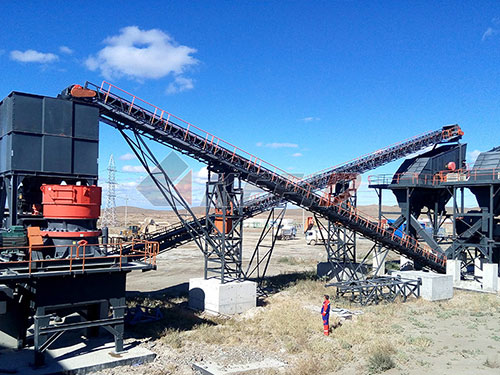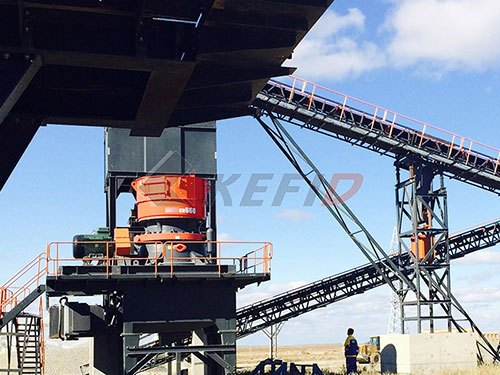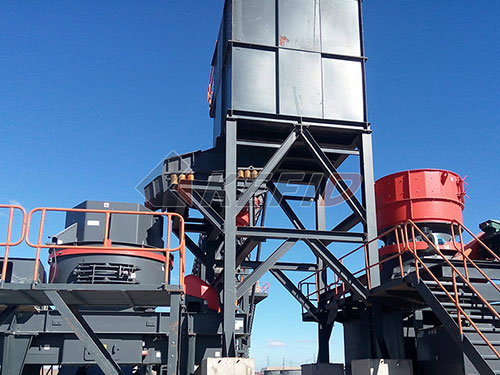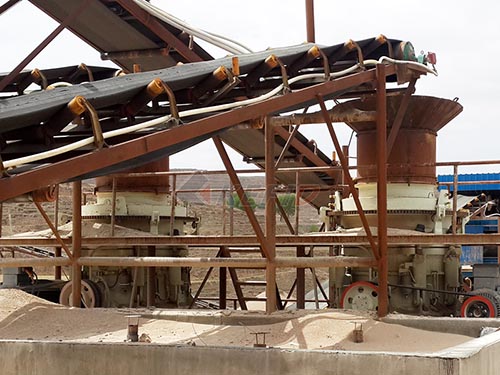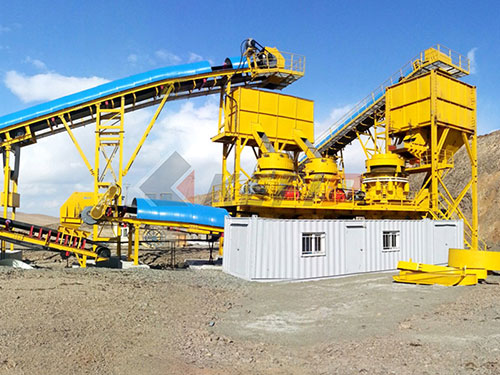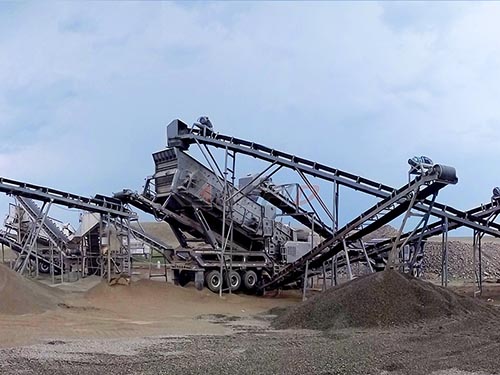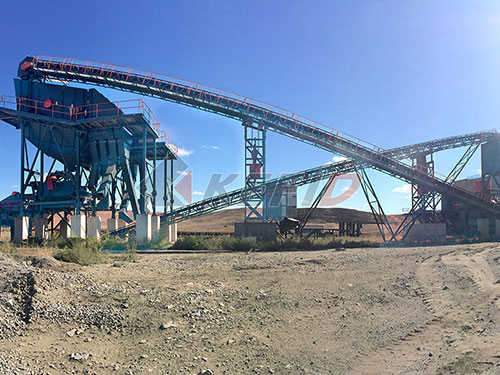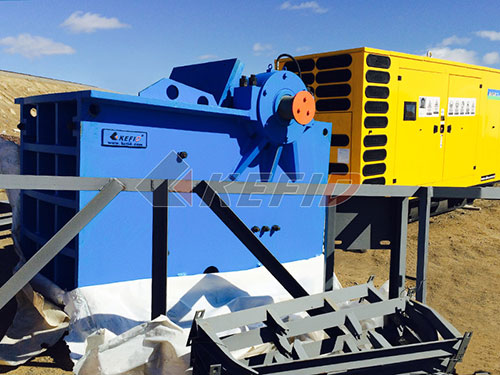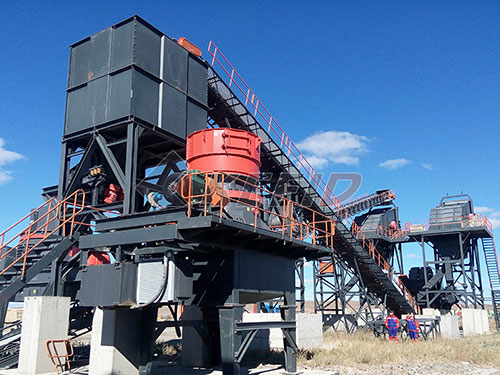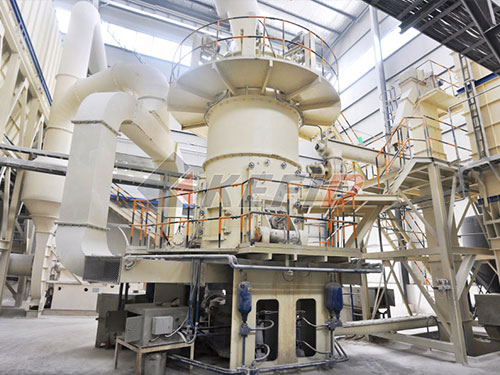The Essential Guide to Jaw Crusher Service Manuals & Parts Pricing in Chile’s Demanding Market
For mining and aggregate operations across Chile, from the sun-baked expanses of the Atacama Desert to the mineral-rich regions further south, jaw crushers are indispensable workhorses. These robust machines form the critical first stage in size reduction, processing everything from hard copper ore to granite aggregate. However, their relentless performance under extreme conditions hinges on meticulous maintenance and timely access to genuine parts. Understanding the profound value of a comprehensive Service Manual and navigating the intricacies of Parts Pricing specific to Chile is not just good practice – it’s fundamental to operational continuity, cost control, and maximizing return on this significant capital investment.
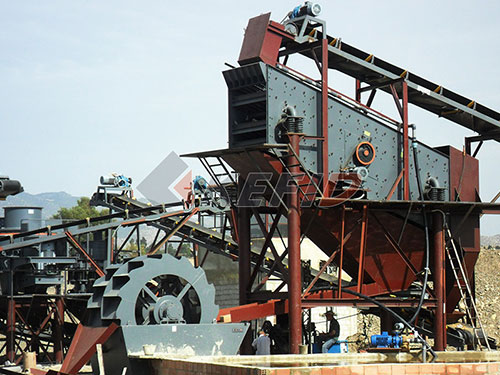
The Indispensable Blueprint: Your Jaw Crusher Service Manual
Far more than just a booklet tucked away in an office drawer, a proper jaw crusher service manual is the operational DNA of your machine. Its absence or neglect can lead directly to costly downtime, safety hazards, and premature wear.
1. Safety First – Non-Negotiable Protocols: Chilean regulations (like those enforced by SERNAGEOMIN) mandate strict safety standards in mining and quarrying. A high-quality manual provides exhaustive safety procedures:
Lockout/Tagout (LOTO): Step-by-step instructions for safely isolating energy sources (electrical, hydraulic) before any intervention.
Crushing Chamber Entry: Rigorous protocols for entering this high-risk zone only after absolute zero-energy verification.
Handling Heavy Components: Safe procedures for lifting jaws, cheek plates, pitmans, and eccentrics using appropriate rigging.
Personal Protective Equipment (PPE): Mandatory requirements specific to tasks like welding repairs or handling lubricants.
Emergency Procedures: Clear guidelines for dealing with entrapments or unexpected machine movements.
2. Precision Maintenance Schedules & Procedures: The manual dictates the rhythm of care:
Daily Checks: Lubrication levels (grease points and oil reservoirs), visual inspections for leaks or unusual wear (belts, guards), checking drive tension.
Weekly/Monthly Tasks: Detailed greasing procedures for bearings (quantity, type), inspection of jaw dies and cheek plates for wear/reversal timing.
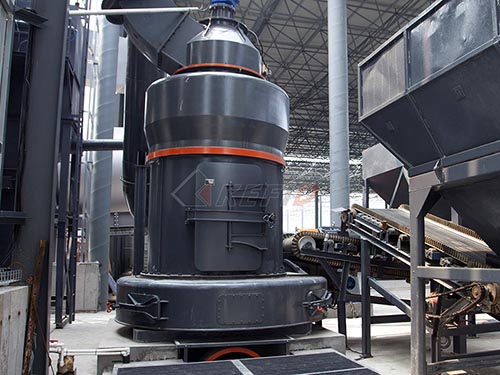
Major Intervals (e.g., Quarterly/Annually): Comprehensive guides for tasks like replacing jaw dies and cheek plates with precise torque specifications
